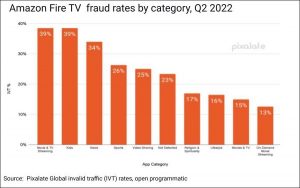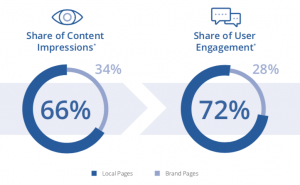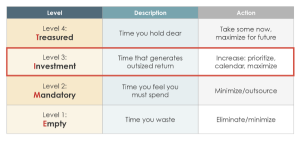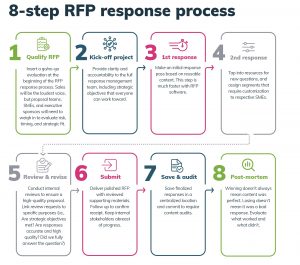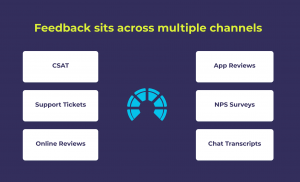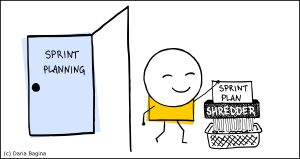When it comes to writing blogs for your website or ecommerce shop, not only do you want them to inform your readers about topics relating to what you do or sell online but also want them to be able to drive new traffic.
This is where creating SEO-driven blog content can help. Creating content that uses specific keywords or long-tail keywords if done correctly can earn a top spot on the SERP (Search Engine Results Page).
We’re going to be going over how to write the perfect SEO-driven blog to earn your business more traffic and help to generate sales.
Research
One of the first things you need to do is comprehensive SEO research around your primary business topic. Tools such as Ahrefs can help you with finding keywords that are relevant to your industry. For example, EKM is an online ecommerce platform, which means our primary keyword is ‘ecommerce’. This then extends to other related keywords such as ‘what is ecommerce’, ‘best ecommerce platform’, and ‘how to start an ecommerce business’ as examples.
Create a list of all the related keywords that apply to your business and note down their difficulty, volume, CPC (cost per click), clicks, and global volume. It should look something like this.
What this does is give you an idea of what keywords or phrases have the best difficulty level vs volume. The difficulty is how hard it is to rank for that keyword and the volume is how much that keyword is searched for. It’s about getting a good balance. You don’t want to use a keyword that is too difficult to rank for and you’ll also want to avoid keywords with a low search volume.
Once you’ve narrowed down your list of keywords, the next step is to see if any of your existing blogs would fit into your keyword list. If so, consider re-writing the blog with the keyword in mind, rather than creating a whole new blog with very similar content. From there, create blog titles for your remaining keywords and make sure they’re short, include the keyword and work with the content you have in mind for that blog.
Planning
Now you have your keyword research completed, you have a list of blog titles and keywords relating to your business. The next step is going to be planning out that content into a structure that benefits your SEO efforts as much as possible.
We talk about how a cluster content method can work really well in this blog, as well as how you get started but here’s a short overview.
- Create your content plan with a ‘pillar’ page in mind. This is a page that links through to all the other content surrounding your chosen topic.
- Create a hierarchy of top of the funnel content, middle of the funnel and bottom of the funnel content. This will help your readers through their journey on your website from the exploration and education stages all the way to the conversion stage.
- Make use of Google’s featured snippets. When you search for your keyword, do questions pop up like the below? If so, you could have an opportunity to be featured in these snippets by creating content that answers the questions.
Your goal for this content is to be an expert in your topic. You need to strive to be the go to place for answers on your chosen topic.
Execution
Start with your top-of-the-funnel content such as your ‘Introductions to X’ and work your way down. Once you’ve got your content written or published you need to then work on the structure of your cluster content. Here’s a good example of how to structure your content.
You’ll want to make sure that every blog links to each other as well as directly back to your ‘pillar’ page. What this does is tells Google and other search engines that the content you linked is related to your primary topic and this can help your content rank highly for your keywords.
Tips for on-page SEO
Your SEO isn’t just about your Meta Title, Meta Description and keyword but also the on-page SEO improvements you can make to your content.
On-page SEO (also known as on-site SEO) is the practice of optimising web page content for search engines and users – Ahrefs
Here are just a few on-page SEO tips to help your content rank.
- Ensure all images have relevant alt-tags. This tells Google what the image is displaying but remember don’t stuff your keyword in every image alt-tag you have.
- Remember to use H1 and H2 on your blogs and ensure good structure and sentence length.
- Make your blog’s URL short but relevant to your keyword and topic.
Use SEO tools available such as Yoast SEO to help you optimise your content.
And remember the most important part of this process is to measure, analyse and optimise your content continually. See what works well and what doesn’t – see where you can make further improvements to your blogs and their SEO.
Read my company’s introduction to SEO for ecommerce guide here.
Digital & Social Articles on Business 2 Community
(71)
